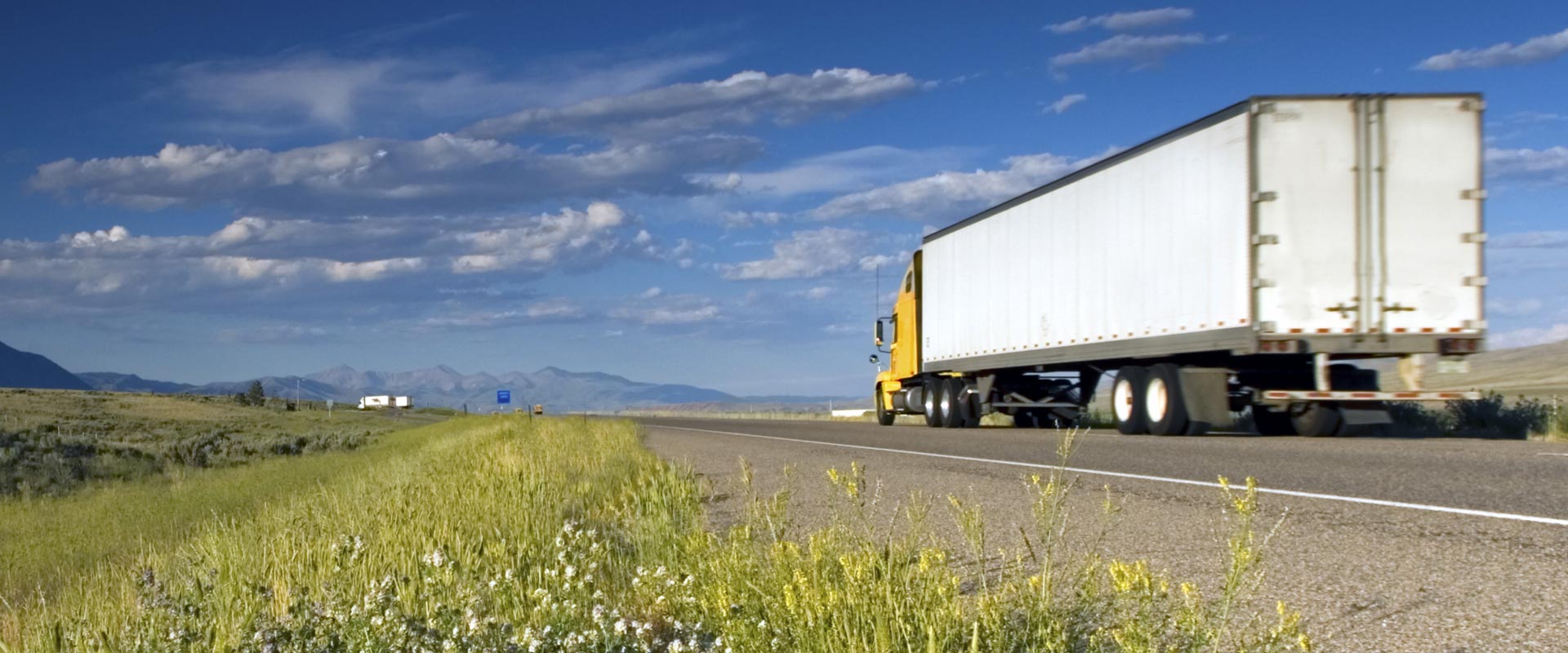
Freight
Over $27 billion of freight moved within and through Ada and Canyon Counties in 2016. That’s a lot of “stuff”!
While the role of “transportation” is to move both people and goods, in the past, most transportation planning efforts in the Treasure Valley have focused on the movement of people.
COMPASS is changing that. Being able to safely and efficiently move goods – freight – through the valley allows the region to support everything from home deliveries to global connections.
But, where to start? To build a foundation for freight planning, COMPASS began by gathering information about freight users, needs, issues, and more.
What did COMPASS study? What did we learn?
Hover over the flip boxes below to see what we studied and what we learned.
AGRICULTURAL FREIGHT STUDY
Agriculture is one of the primary economic drivers in the region, yet very little has been known about agricultural transportation routes and needs. This study identified important routes used for hauling farm produce from fields to processors, and from processors to markets to ensure they are preserved and well-maintained so they can continue to serve the agricultural community.
Agriculture is one of the primary economic drivers in the region, yet very little has been known about agricultural transportation routes and needs. This study identified important routes used for hauling farm produce from fields to processors, and from processors to markets to ensure they are preserved and well-maintained so they can continue to serve the agricultural community.
SHRP2 DATA COLLECTION
Using a portion of an implementation assistance grant under the Second Strategic Highway Research Program (SHRP2), COMPASS collected vehicle classification counts (i.e., counted the numbers of different types of freight vehicles) at over 80 locations in the two-county area. Additional counts were conducted in 2017 to augment the 2015 data.
Using a portion of an implementation assistance grant under the Second Strategic Highway Research Program (SHRP2), COMPASS collected vehicle classification counts (i.e., counted the numbers of different types of freight vehicles) at over 80 locations in the two-county area. Additional counts were conducted in 2017 to augment the 2015 data.
COMPASS FREIGHT STUDY
A 2017 study focused on identifying freight corridors and related land use needs, developing a profile of the regionally most important freight commodities and supply chains, and identifying projects and/or policies to address freight related maintenance needs, improve safety, and manage congestion.
A 2017 study focused on identifying freight corridors and related land use needs, developing a profile of the regionally most important freight commodities and supply chains, and identifying projects and/or policies to address freight related maintenance needs, improve safety, and manage congestion.
Information is great, but now what?
What we know:
- Freight in the Treasure Valley isn’t limited to trucks – air, pipelines, and rail also play key roles in freight transport
- Freight is big business – over $27 billion of freight moved within and through Ada and Canyon Counties in 2016 alone
- Freight isn’t all about manufacturing – agricultural products (raw and processed combined) comprise about 25% of the value and 42% of the weight of freight shipped through the region
- Freight impacts land use, and vice versa – successful planning should consider both
How freight has been incorporated into planning:
- Based on freight data and input from stakeholders, several roadways in Ada and Canyon Counties have been designed as “critical urban freight corridors,” making them eligible for federal freight funding
- Information on freight corridors was used to help prioritize unfunded transportation needs
What’s next:
- COMPASS will continue to integrate freight into its planning and examine how decisions regarding any mode of transportation will affect other modes, including freight, for example…
- Improvements that address safety and congestion will improve travel for freight traffic as well as passenger vehicles
- Changes to how we move freight can impact how we move people. For example, more freight on rail may make developing a rails with trails pathway more challenging; on the other hand, this could decrease truck traffic on roadways to make those routes safer for cyclists and pedestrians.
The ability to efficiently and safety move freight impacts our economy and so much more.


